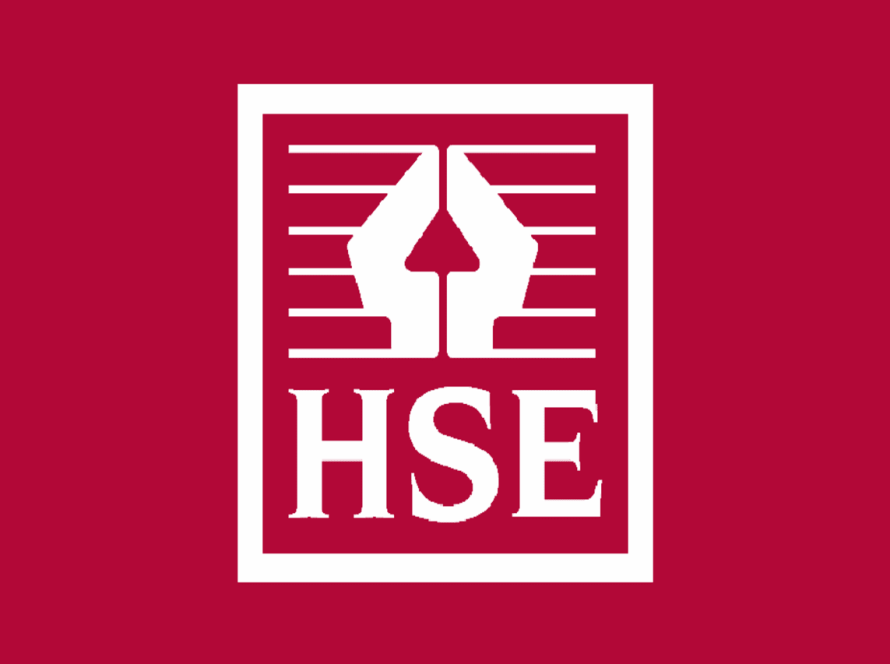Health and Safety at Work Act 1974 (HSWA)
The Health and Safety at Work Act 1974 (HSWA), is a highly significant piece of legislation, which covers occupational health and safety in the UK.
The aim of the Act is to make sure all workplaces support health and safety by complying with its requirements.
Here we look at what the Act does, who enforces it, and what employers need to do to ensure they comply with it, including providing health and safety training to their employees.
Why Does Health and Safety Matter?
According to statistics from the Health and Safety Executive (HSE),1.6 million people in Britain suffered from a work-related illness in 2019-2020, where 111 workers were killed at work.
The Labour Force Survey records that 693,000 people sustain non-fatal injuries at work in 2019-2020 in Great Britain.
Injuries and ill-health at work are costly to the economy:
- 38.8 million working days are lost due to workplace injury and work-related illness
- The cost of injuries and ill health from working conditions is estimated to be £16.2 billion.
Health and Safety in the workplace is important because it helps to protect the wellbeing of employees, employers, and customers.
Businesses that maintain good levels of health and safety awareness and practices can foster more positive and productive workplace cultures.
Employers who neglect health and safety can end up losing their staff, and their reputation, while increasing their costs and reducing productivity. Crucially, they risk prosecution under the Health and Safety Act.
What are the Major Points of the Health and Safety Act?
A key aspect of the 1974 Act is its introduction of a new system based on goal-based rather than prescriptive regulations.
It supports these goal-based regulations with guidance and a code of practice.
As a primary piece of legislation, HSWA says that workplaces must provide:
- Adequate training for staff to make sure they understand and follow health and safety procedures
- A safe working environment, properly maintained, where operations are carried out safely
- Adequate welfare provisions for staff at work
- Provision of relevant information, instruction and supervision.
Where a workplace has five or more employees, the employer must keep a written record of their health and safety policy, and must consult with employees (or their representatives) about health and safety arrangements.
What Legal Rights do Employees Have?
Health and safety law says that workers have the right to work in places where there is proper control of risks to their health and safety.
The employer is responsible for health and safety and therefore must:
- Decide what could harm employees during their work and take precautions to prevent it through risk assessment
- Explain to employees how they will control risks, and who is responsible for doing this
- Consult and work with employees and their health and safety representatives to protect everyone in the workplace from harm.
- Provide the necessary equipment and protective clothing employees need, and look after it properly
- Provide the health and safety training employees need to carry out their jobs
- Provide adequate facilities, including toilets, washing and first aid facilities
- Have insurance that covers employees for injury or work-related illness
- Report major injuries, diseases, dangerous injuries or fatalities at work
- Work with other employers or contractors sharing the workplace to make sure they protect the health and safety of all employees.
Employees should follow any training they receive, co-operate with employers, and take reasonable care of their own and other people’s health and safety.
They should also let someone know, such as an employer, supervisor or health and safety representative, if they think work or inadequate precautions are putting someone at risk.
Who Enforces the Health and Safety Act?
The Health and Safety Executive (HSE) enforces the Health and Safety Act. This is a government-appointed body, and is the UK’s national regulator for health and safety in the workplace.
While HSE is responsible for enforcing the Act, to do this it often works with relevant local authorities.
HSWA is a primary piece of legislation, but there are other regulations which work alongside it, known as statutory instruments. These regulations support the Act’s aims.
It is a criminal offence for employers not to comply with the duties and regulations that the Health and Safety Act imposes.
Why is Health and Safety Training Important?
Under the Health and Safety Act, employers must make sure that everyone who works for them knows how to work safely and without risk to their health.
This applies to contractors and self-employed workers too.
Employers should understand what level of health and safety training people will require, depending on what kind of business they have, and what level of risk there is.
Training should provide people with the right level of information about:
- Hazards
- Risks
- Measures for dealing with hazards and risks
- Following emergency procedures.
Training should be both relevant and effective, and employees should have refresher training where it is required.
Some workers may have specific training needs, depending on their status, such as new recruits or supervisors.
In certain industries, such as construction, a basic health and safety training qualification is essential for employees before they can gain the necessary certification to work on sites.
What Kind of Health and Safety Training is Available?
SB Skills Solutions provide a range of health and safety training courses from various training bodies, including:
- CITB (Construction Industry Training Board)
- IOSH (Institution of Occupational Safety and Health)
- CABWI (Certification and Assessment Board for the Water Industry).
Contact us today for more information about the range of Health and Safety Training course we offer, from various training bodies.
Error: Contact form not found.



